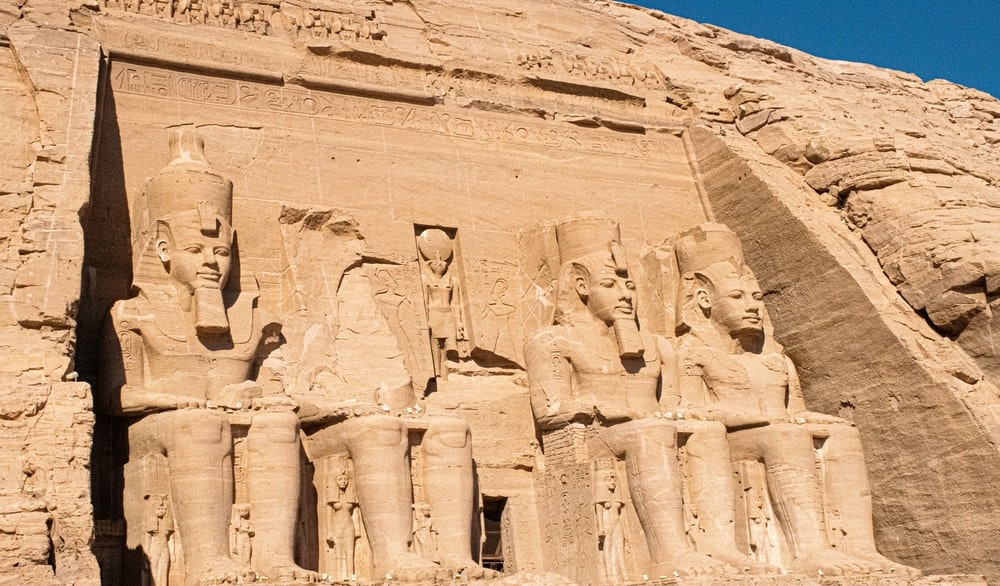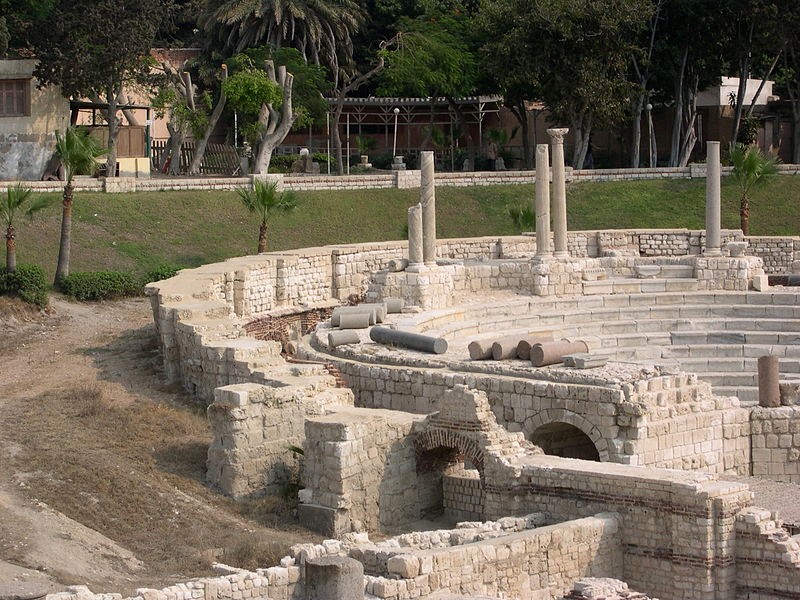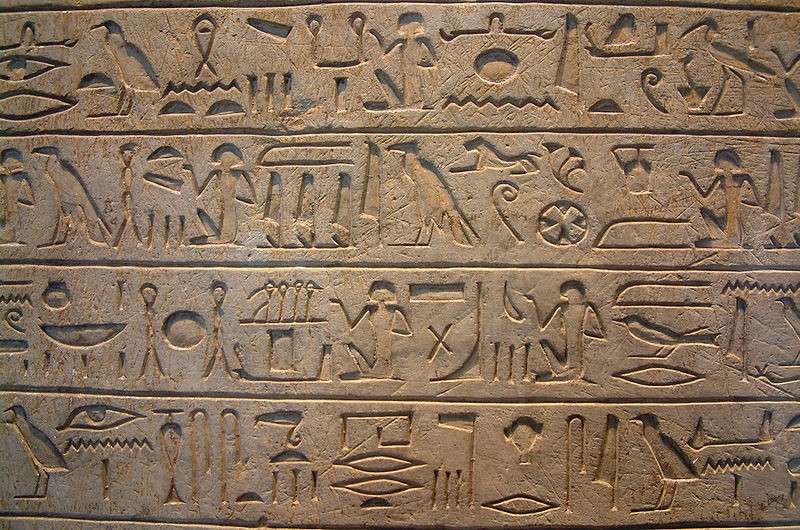Chapter 1
A Brief introduction to Ancient Egyptian History
Before starting the introduction to the hieroglyphic system, it may be useful to first give a brief introduction to the history of Ancient Egypt. This will make clear the importance of the writing system in Ancient Egyptian culture.
Ancient Egypt was a civilisation located around the lower parts of the Nile in Northern Africa. This area was made up of two parts: the Nile valley called Upper-Egypt in the South and the Nile delta known as Lower Egypt in the North. Thanks to the yearly inundation of the Nile river, which left behind a layer of dark fertile mud, agriculture was booming with multiple harvests each year. It is this dark mud that gave Egypt its local name Kemet, meaning “the black land”. The English name Egypt is derived from the Latin word “Aegyptus”, itself derived from the Ancient Greek word “Αἴγυπτος” (Aígyptos), a corruption of the ancient name of Memphis “ḥwt-kȝ-ptḥ” (pronounced Hut-Ka-Ptah), meaning “the temple of the Ka of the god Ptah”.
Egypt’s unique geographic position gave it relative protection against foreign invaders: on both sides the Nile valley was flanked by desert and to the South were so-called cataracts, areas where the river becomes very shallow with boulders poking out of the river bed. This makes them nearly impossible to pass with large boats.
Pharaonic history of Egypt can divided in the following eras:
- The Old Kingdom
- The First Intermediate Period
- The Middle Kingdom
- The Second Intermediate period
- The New Kingdom
- The Third Intermediate Period
- The Late Period (Saite Period)
- The Ptolemaic Period
Around 3000BC, the different local power centres were unified into a single kingdom by king Aha (or maybe by his predecessor Narmer). From this moment onwards, more than 150 pharaohs divided over 31 individual dynasties would rule over this prosperous nation.
The Old Kingdom is the first bloom period of the Ancient Egyptian culture and lasted from the 3th to the 6th dynasty. For the general public, it is best known as the “pyramid age”: the 3th dynasty king Djoser was the first pharaoh to construct a pyramid at Saqqara. Later during the 4th dynasty, kings like Snefru, Khufu (also known under his Hellenized name Cheops), Khafra (Chefren) and Menkaura (Mykerynos), would construct gigantic pyramids at Dashur and Giza. The famous Sfinx of Giza was also build during this era. It is during the Old Kingdom that the first full Hieroglyphic texts appear.

After the 6th dynasty, the power of the central government had collapsed and Egypt fell apart in several different power centres, each with their own dynasty (numbers 7-11). This period is known as the First Intermediate Period of Egypt. At the end of this era, the north of Egypt was being ruled by Dynasty 10 with its capital in Herakleopolis, while the south was controlled by the 11th dynasty from Thebes. Eventually, the Theban king Mentuhotep II would conquer the north and reunify Egypt und one pharaoh. This was the end of the First Intermediate Period.
The following period is called the Middle Kingdom and was again a pinnacle of Ancient Egyptian culture. During the following 13th dynasty however, the government started to lose control when a local 14th dynasty took control of the Delta region. Around 1650BC, the rulers of an Asiatic settlement in the Delta took over power in the North as the 15th dynasty. They were known as the Hyksos by the native 16th and 17th dynasty that ruled over the South. This Second Intermediate Period came to an end when king Kamose of the 17th dynasty was able to conquer the North and reunify Egypt once again.
The following period is known as the New Kingdom and was another prosperous era. At the end of the 18th dynasty, king Amenhotep IV changed his name to Akhenaton and tried to establish monotheism in Ancient Egypt. It was during this time, known as the Amarna Period that famous king Tutankhamun lived, well known for his well preserved Royal tomb. The conversion to monotheism was no success and caused internal disruption. The last king of the 18th dynasty, Horemheb, was able to reconcile the nation, that experienced a prosperous time during the 19th and 20th dynasties, also known as the Ramesside Period, after the many kings named Ramses.

After the 20th dynasty, Egypt became torn between various native and foreign dynasties in a 400 year period known as the Third intermediate Period. In 650BC, Egypt was again reunified by a native dynasty (nr 26) that ruled from the capital of Sais in the north, which gave its name to the Saite Period. In 525BC, the Persians conquered Egypt ending the last native rule in Ancient Egyptian history. The Persian kings would also rule as pharaohs in Egypt.
In 332BC, Alexander the Great defeated the Persians and conquered Egypt. When he died shortly after, one of his generals named Ptolemy rose to power, starting and era known as the Ptolemaic Period. For the next three centuries, ethnic Macedonians would rule over Egypt as pharaohs. This came to and end in 30BC, when Octavian (the future Roman Emperor August) Defeated cleopatra the VII. After this, Egypt became a province in the Roman Empire.



